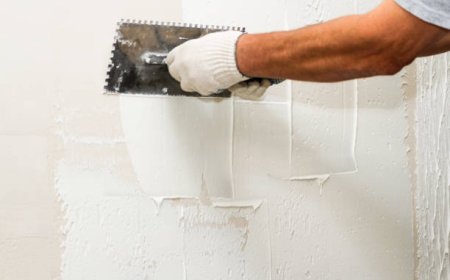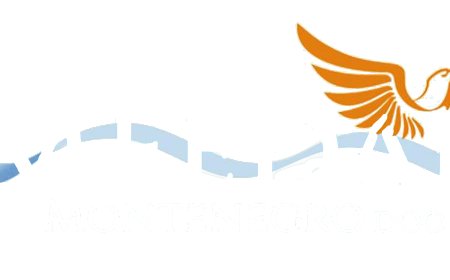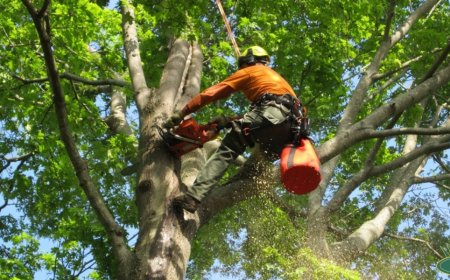Tree Pruning: A Homeowner's Guide to Healthy, Happy Trees
Tree pruning is more than just a yard chore — it's a vital step in keeping your landscape safe, attractive, and full of life. Whether you DIY or bring in a pro, knowing the basics ensures your trees thrive for years to come. Like a good haircut, the right pruning job makes everything look better and feel healthier.

Think of tree pruning like a haircut for your trees it keeps them looking good, feeling great, and growing strong. Whether youve got a tiny apple tree or a towering oak, pruning is a critical part of tree care. Done right, it can boost your curb appeal, protect your property, and even extend the life of your trees.
Why Tree Pruning Matters
Trees dont naturally grow in ways that are always safe or beautiful. Pruning helps guide their growth, remove problem branches, and encourage better health. Its not just about looks its about safety, sustainability, and smart landscaping.
What Is Tree Pruning?
Tree pruning is the practice of selectively removing branches from a tree. The goal? To improve the trees structure, direct its growth, remove dead or diseased limbs, and enhance overall health and appearance.
The Benefits of Tree Pruning
Promotes Healthy Growth
Pruning stimulates new growth and allows nutrients to flow to the most vital parts of the tree.
Enhances Appearance
Shaping your tree helps it look balanced and intentional perfect for landscaping goals.
Prevents Disease
Removing infected or damaged limbs keeps disease from spreading to the rest of the tree.
Improves Safety
Dead branches can fall and cause injury or property damage. Pruning eliminates that risk.
Increases Sunlight and Airflow
More light and air circulation helps grass and plants below the tree thrive and keeps the tree itself healthier.
Types of Tree Pruning
Crown Cleaning
Removing dead, diseased, or weak branches from the crown.
Crown Thinning
Selective branch removal to increase light and airflow.
Crown Raising
Removing lower branches to clear space for buildings, vehicles, or views.
Crown Reduction
Reducing the size of a tree's canopy, usually for safety or utility line clearance.
Deadwooding
Removing only the dead branches to improve safety and aesthetics.
When to Prune Trees
Best Seasons for Pruning
-
Late Winter/Early Spring Ideal for most trees
-
Summer Good for slowing growth or correcting shape
-
Fall Usually not recommended due to disease risk
Signs Your Tree Needs Pruning
-
Broken or hanging limbs
-
Overgrown or unbalanced canopy
-
Branches near power lines or roofs
Tree Species Considerations
Different trees respond better to pruning at specific times. For example, maples and birches bleed sap in spring prune in late summer instead.
Tree Pruning Techniques
The 3-Cut Method
-
Undercut A small cut on the underside of the branch
-
Top Cut A few inches farther out to remove the branch
-
Final Cut Close to the branch collar to cleanly finish
Proper Branch Angles
Leave branches with strong, wide angles. Remove ones that form sharp V shapes theyre weak points.
Avoiding Topping
Never top a tree (cutting the top off flat). It shocks the tree and encourages weak regrowth.
DIY Pruning vs. Hiring a Professional
Tools Youll Need for DIY Pruning
-
Hand pruners for small branches
-
Loppers for thicker branches
-
Pruning saw for medium limbs
-
Pole pruners for high areas
Risks of Improper Pruning
-
Tree stress or disease
-
Permanent damage to structure
-
Personal injury from falling branches or tools
Benefits of Hiring an Arborist
Certified arborists know exactly where, when, and how to prune for optimal tree health. Plus, theyre insured just in case.
Cost of Tree Pruning
Factors That Affect the Price
-
Tree size and location
-
Tree type and health
-
Risk level (power lines, height, etc.)
Average Pricing for Residential Services
-
Small trees: $150$300
-
Medium trees: $300$600
-
Large trees: $600$1,200+
How to Get the Best Quote
-
Ask for itemized estimates
-
Check for insurance and credentials
-
Get multiple bids
Tree Pruning and Tree Health
How Pruning Prevents Disease
Removing diseased limbs stops pathogens from spreading and allows the tree to focus energy on healing.
Spotting Infections and Damage Early
Pruning time is a great time to check for fungus, rot, or insect damage.
Helping Trees Recover
Use clean tools, avoid over-pruning, and water the tree well afterward to reduce stress.
Tree Pruning Mistakes to Avoid
Over-pruning
Too much removal can weaken or kill the tree. Never remove more than 25% of the canopy at once.
Poor Timing
Pruning during the wrong season can expose trees to disease or sap bleeding.
Using Dull Tools
Clean, sharp tools create clean cuts that heal faster and better.
Tree Pruning for Different Tree Types
Fruit Trees
Prune annually to improve yield and prevent overcrowding.
Ornamental Trees
Focus on shape, symmetry, and removal of crossing branches.
Shade Trees
Prune selectively to thin canopy and remove weak limbs.
Evergreens
Minimal pruning needed only to shape or remove dead wood.
Environmental and Legal Considerations
Tree Protection Laws
Some trees are protected especially in urban or historic areas. Always check local regulations.
Neighbor Boundary Issues
Overhanging limbs may be your responsibility. Communicate clearly and professionally.
Local Permits
Large tree pruning or removals often require a permit, especially in cities.
Pruning Young vs. Mature Trees
Structural Training
Young trees benefit from formative pruning that guides their shape early on.
Long-Term Tree Health
Regular maintenance over the years helps avoid costly removals or emergencies later.
Signs of a Good Pruning Job
-
No ragged cuts or torn bark
-
Balanced, natural-looking shape
-
Proper branch spacing
-
Strong, healthy regrowth next season
Conclusion
Tree pruning is more than just a yard chore it's a vital step in keeping your landscape safe, attractive, and full of life. Whether you DIY or bring in a pro, knowing the basics ensures your trees thrive for years to come. Like a good haircut, the right pruning job makes everything look better and feel healthier.
FAQs
1. How often should I prune my trees?
Most trees benefit from pruning every 13 years, depending on the species and condition.
2. Can pruning kill a tree?
Yes, over-pruning or incorrect cuts can stress or even kill a tree.
3. Whats the difference between pruning and trimming?
Pruning is for health and structure; trimming is mainly for appearance.
4. Is it okay to prune in the summer?
Yes, but avoid heavy pruning during extreme heat or drought.
5. How do I know if a branch should be removed?
If it's dead, damaged, diseased, or crossing/rubbing another branch it's a candidate.








































